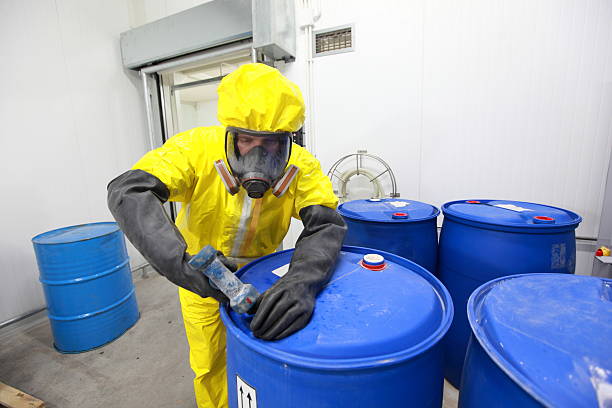A plasma-enhanced melter is a type of waste treatment technology that uses a plasma torch to heat and vitrify (convert into glass-like material) waste materials. This technology is often employed in the treatment and disposal of hazardous waste, radioactive waste, and other types of waste that are difficult to manage using conventional methods.
In a plasma-enhanced melter system, a plasma torch generates an extremely high-temperature plasma arc, typically reaching temperatures of several thousand degrees Celsius. This intense heat melts the waste materials, including metals, organic compounds, and other contaminants. As the waste melts, it undergoes vitrification, transforming into a glass-like material. This process encapsulates and immobilizes the hazardous components within the glass matrix, preventing them from leaching into the environment.
The vitrified waste is then cooled and solidified into a stable glass product, which is typically chemically inert and resistant to corrosion. This glass product can be safely stored or disposed of in a landfill, depending on its specific properties and regulatory requirements.
Plasma-enhanced melters offer several advantages over traditional waste treatment methods, including:
- Complete Destruction of Hazardous Components: The high temperatures generated by the plasma torch can effectively break down and destroy hazardous contaminants, reducing the environmental and health risks associated with the waste.
- Volume Reduction: The vitrification process significantly reduces the volume of waste, minimizing the need for storage space and transportation.
- Stabilization and Immobilization: Vitrification encapsulates hazardous components within a stable glass matrix, preventing their migration and reducing the potential for environmental contamination.
- Versatility: Plasma-enhanced melters can treat a wide range of waste streams, including mixed and complex wastes, making them suitable for various industrial and environmental applications.
However, plasma-enhanced melters also have challenges and limitations, including high energy consumption, capital costs, and the potential for emissions of air pollutants and greenhouse gases from the plasma process. Therefore, the use of this technology requires careful consideration of its technical, economic, and environmental aspects.
